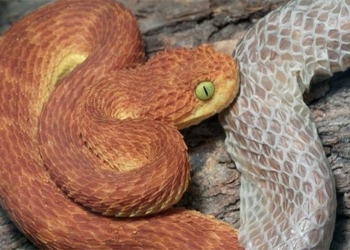Science proves that any species of cactus can bloom, but they often require some very special conditions.
When we think of cacti, we immediately picture a spindly plant, full of thorns, making us feel cautious and careful.
A unique aspect of cacti is that they do not have leaves. This is due to their origins in harsh climates with high temperatures, where leaves have evolved into spines to reduce water loss.
However, cacti are flowering plants, with evenly distributed and concentric petals. Some sources indicate that most cactus flowers are hermaphroditic, blooming both in the morning and evening depending on the species.
Despite this, not everyone has had the chance to witness a cactus flower bloom. Why is that?
Which Cacti Bloom?

Cacti are flowering plants, with evenly distributed and concentric petals.
According to Greenthumb, it is understandable that cacti bloom as a natural reproductive mechanism, just like all living organisms in the world. However, we rarely see cacti flower because they require certain conditions.
In reality, some cacti can live for several years, even decades, without producing any flowers. Yet, one day, they may suddenly bloom spectacularly.
One common misconception is that only certain special cacti can bloom. However, scientific literature states that any cactus has the potential to flower, but this requires considerable effort.
This is why young cacti rarely bloom. Growing conditions, environment, and ideal climate are also factors.

Most cactus flowers are hermaphroditic.
In fact, if a cactus does not have everything it needs, it may never bloom.
Some sources suggest that depending on the cactus variant, it can take anywhere from 1 to 100 years before it is old enough to produce its first flower.
Lifestyle Adaptations to Harsh Conditions
As a species that thrives in extremely harsh environments, cacti must find many ways to reproduce successfully.
As is known, resources in deserts are extremely limited. Therefore, cacti always need a “Plan B” if they want to sustain their species.
“If cacti do not have enough resources to produce flowers, or if there are no pollinators around, they will reproduce asexually,” said Valentin, a plant research blogger at Greenthumb.

Cacti need to find many ways to reproduce successfully.
Accordingly, cacti can form mini “clones” of themselves, which share similar characteristics with the parent plant in every aspect. This ensures the survival of the species, but does not help them grow or adapt to changes in their environment.
The reason is that evolution can only occur through sexual reproduction, meaning by forming flowers and being pollinated by a pollinator species, such as bees or similar insects.
In this way, genetic material is exchanged, resulting in a completely new cactus individual through fruit.




















































